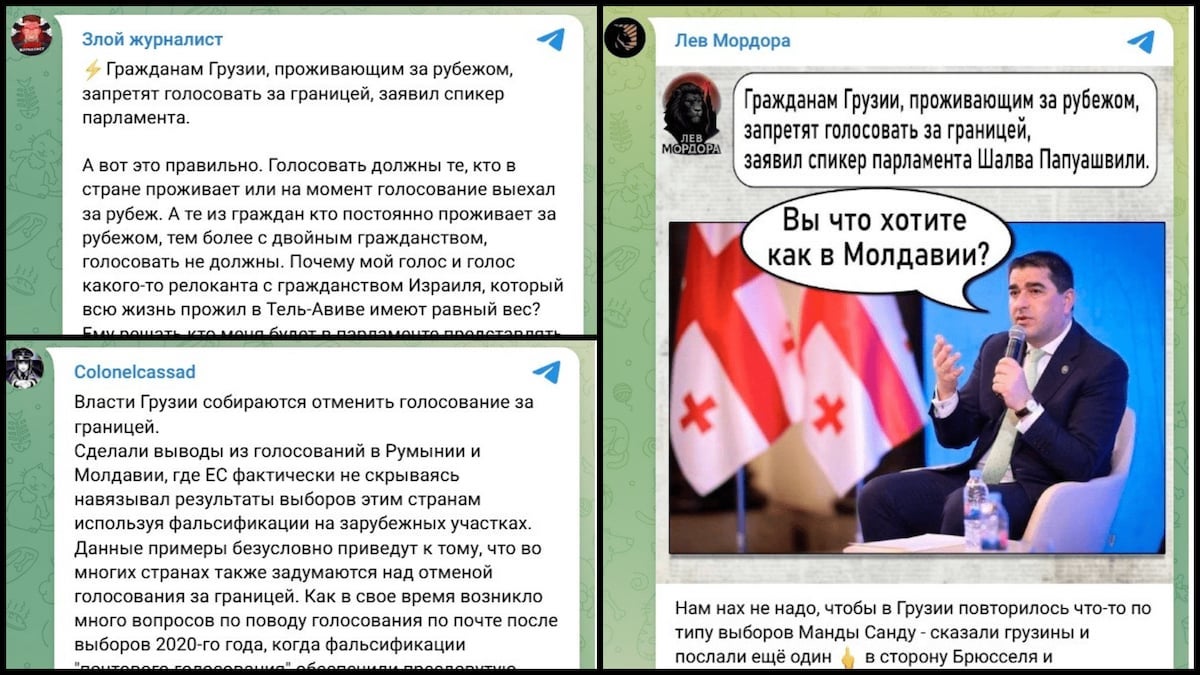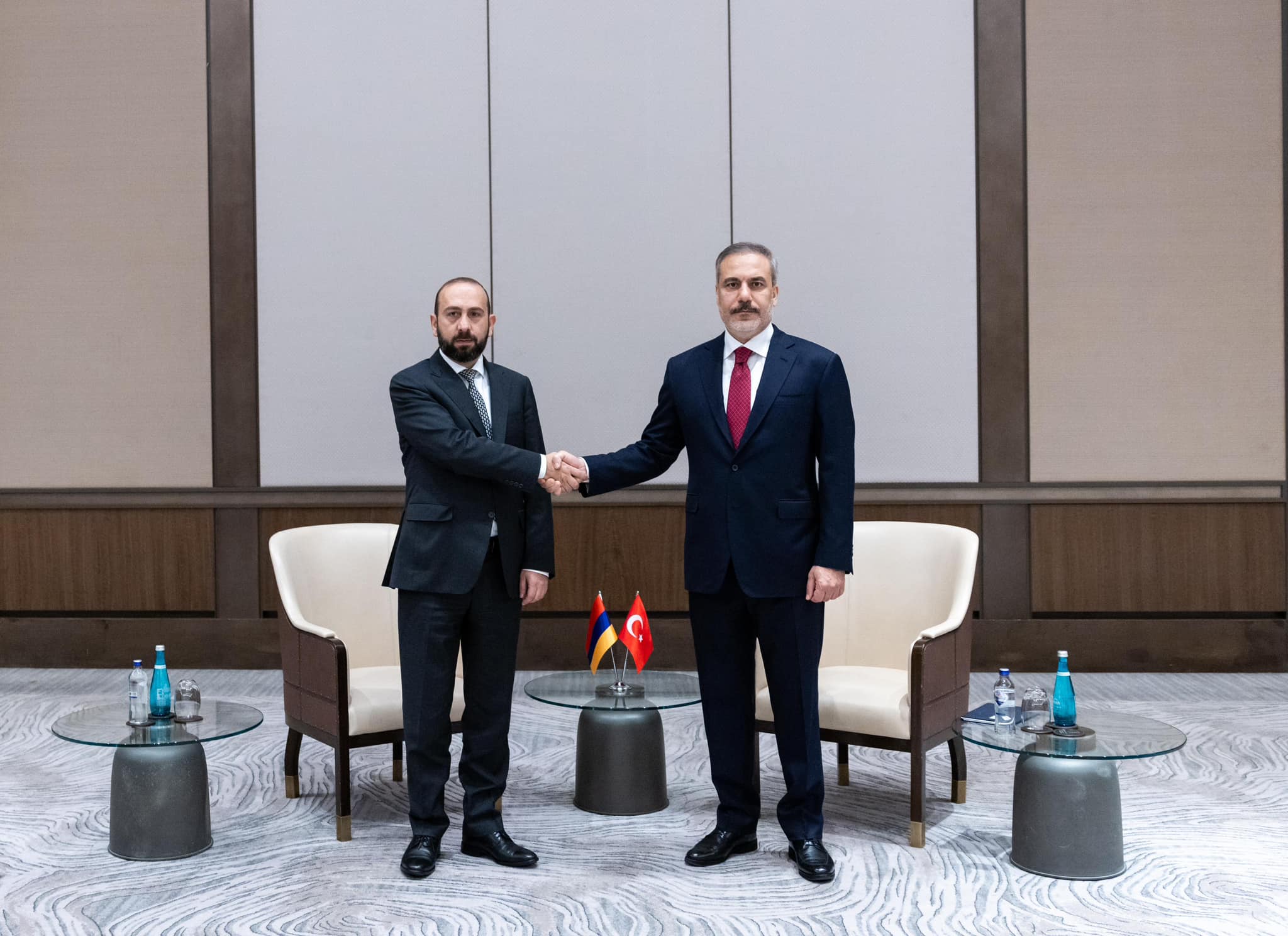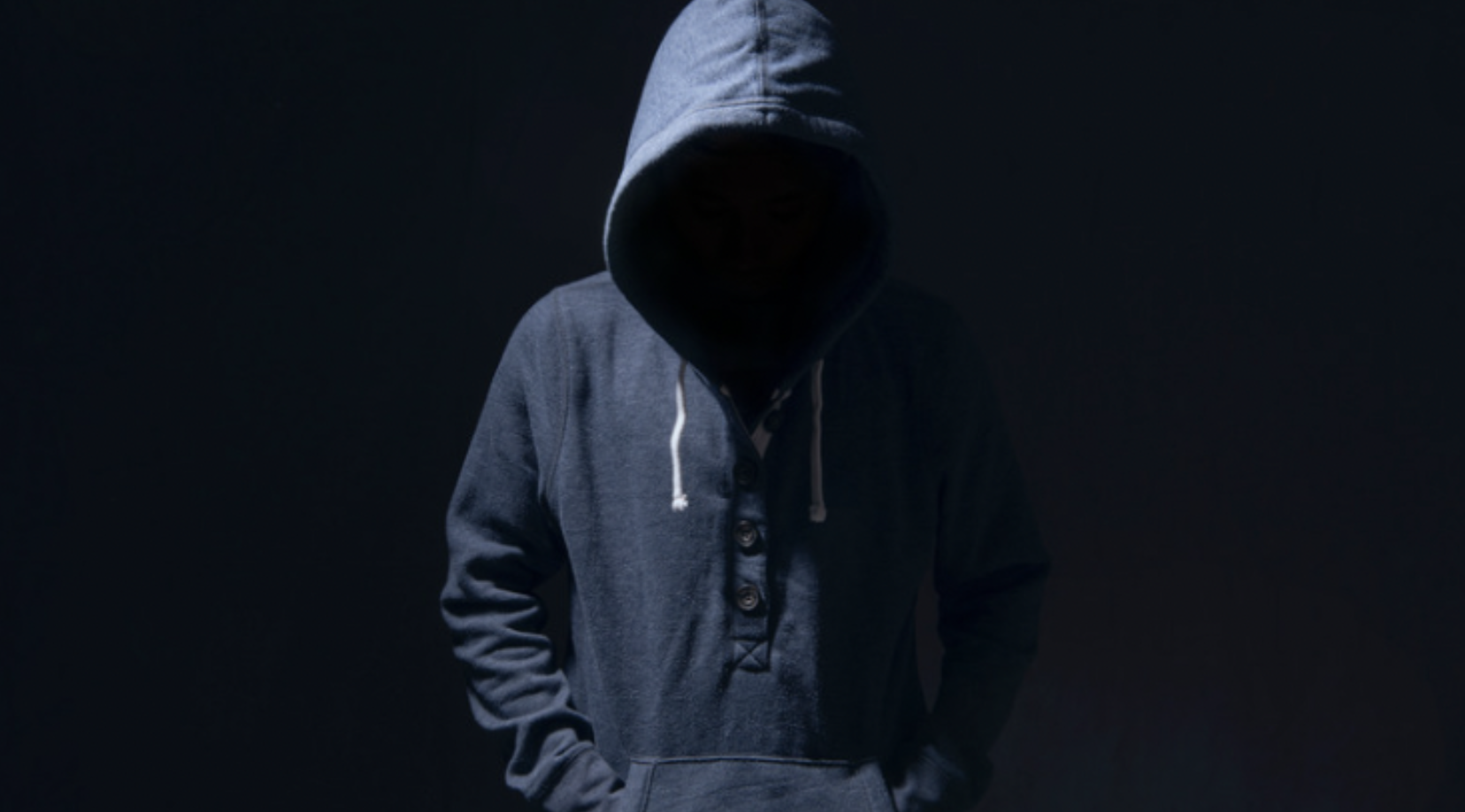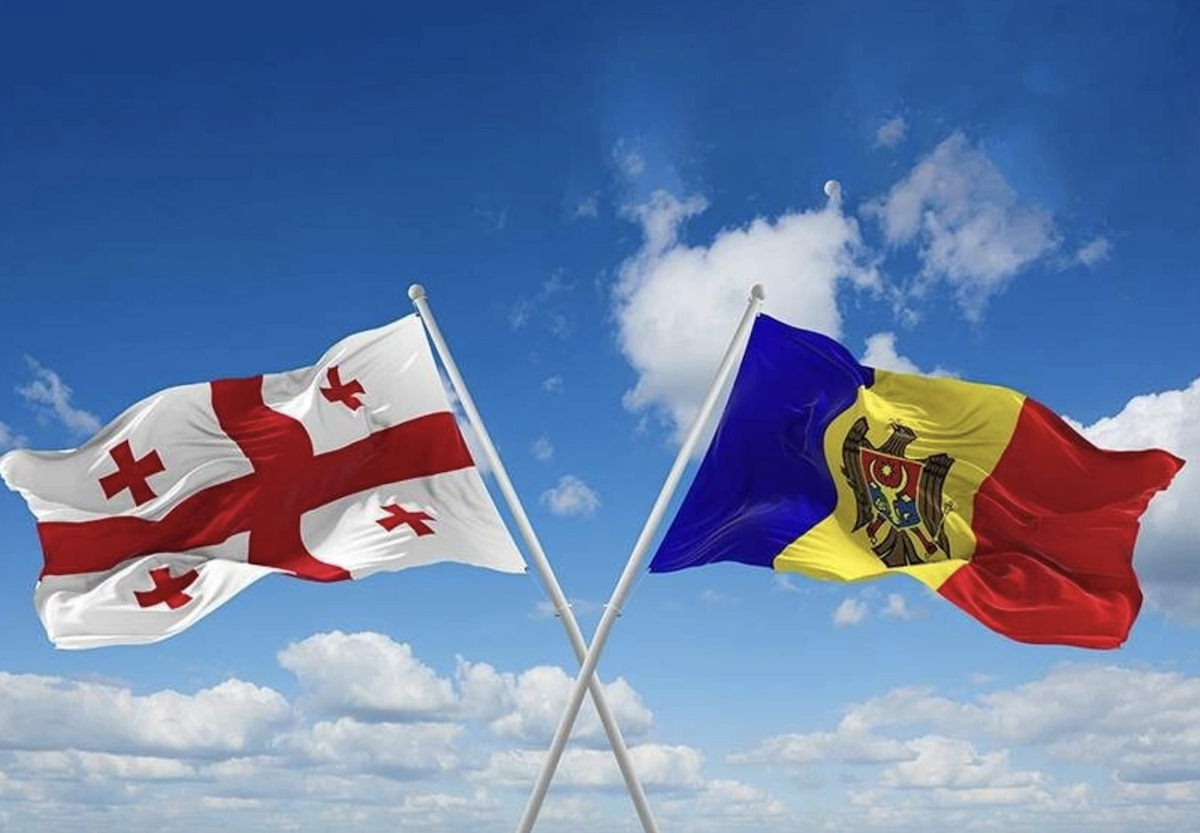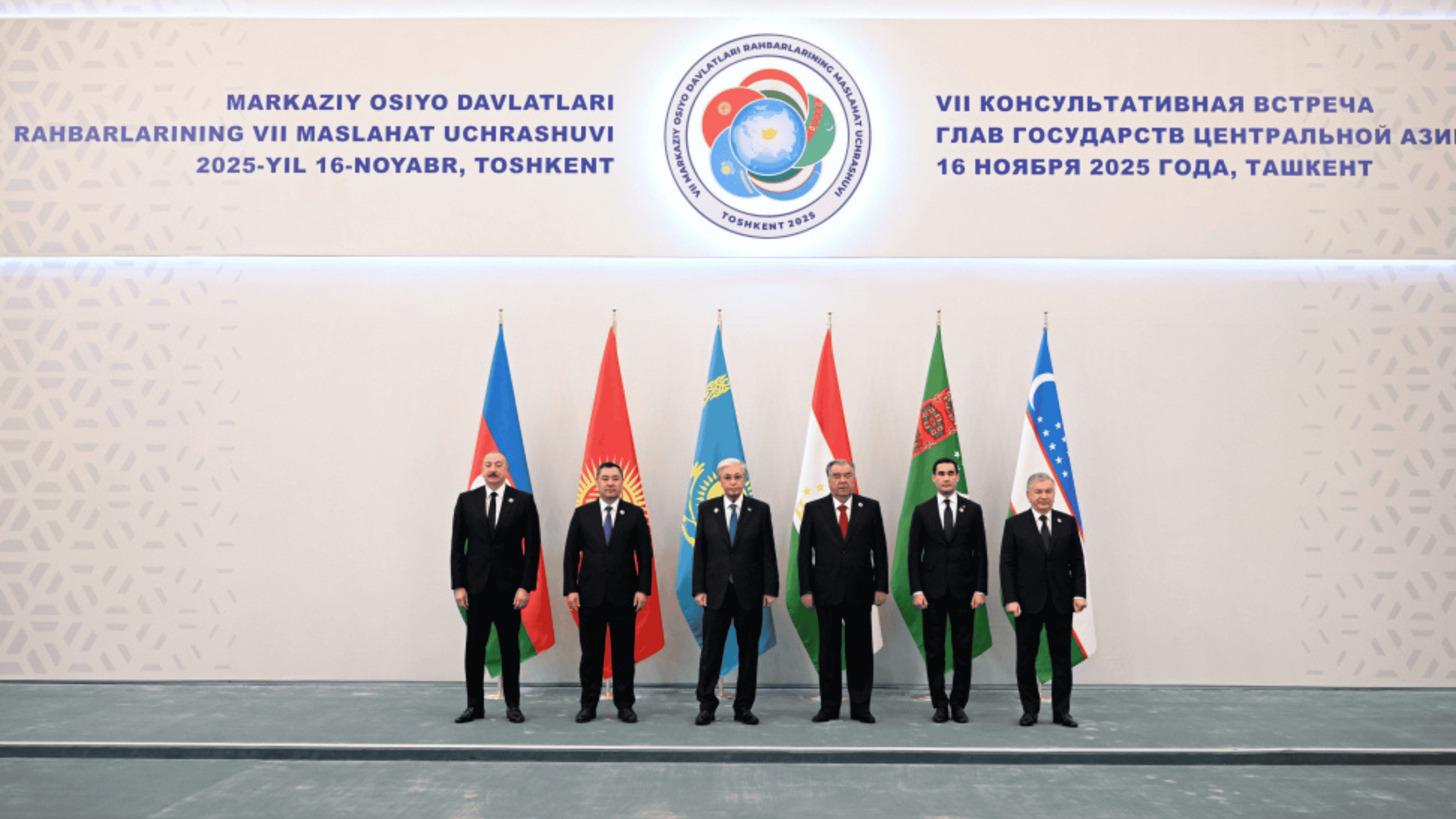13 million victims - Azerbaijan, Armenia, Georgia commemorate of Stalinist political repression. Video
Every year on 30 October, countries of the former Soviet Union remember the victims of political repression and persecution who fell prey to Stalin’s Great Purge during 1937 and 1938.
Who were the victims
According to documented evidence, a conservatively estimated 13 million people were shot, sent to exile in camps and deprived of their civil rights during the Great Purge in the Soviet Union.
• Stalin revived in towns in South Ossetia, Eastern Ukraine
• Is the Soviet Union being reborn in North Ossetia?
• Georgia: Stalin – God, Superstar. Photoproject
• Beria – Stalin’s right-hand man in Abkhazia. Photoproject
• How Georgia’s German community was destroyed during the Stalinist repression
Armenia
The political repression and persecution in Soviet Armenia began in the 1920s.
Religious figures were persecuted with renewed force in the 1930s, and 89 faced execution.
In 1937 alone, 4,951 people were persecuted of which 3,140 were shot
High-ranking Soviet officials were affected. The official approach of the Soviet government was presented by one of the most important and cruelest of Soviet leaders, Lavrentiy Beria, who published an article in the Pravda newspaper [text in Russian] titled Turn the Enemies of Socialism to Dust.
Among others, Beria accused the first secretary of the Armenian Communist (Bolshevik) Party, Agasi Khanjyan, of anti-revolutionary activities.
A month before the article was published in 1936, Aghasi Khanjyan committed suicide – at least, according to the official version of events.
The following year in August 1937, the chairman of the Council of People’s Commissars of the Armenian SSR, Sahak Ter-Gabrielyan, committed suicide. Again, that was the official version.
A mass dispossession began in the 1930s and many rural residents were deprived of their property. In the cities, political and public figures, famous artists, members of the intelligentsia, academics and scholars, as well as their family members, were persecuted.
The main period of the Great Purge was from 1937 to 1938.
Yeghishe Charents, Aksel Bakunts, Mkrtich Armen, Vagram Alazan, Gurgen Maari, Vagharshak Norents, Vahan Totovents, Movses Silikyan, Levon Karakhan and other representatives of the local intelligentsia fell victim to Stalinist repression and persecution.
The first study of victims of Stalin’s persecution in Armenia was carried out between 1993 and 1996. A list of victims from the 1930 to 1938 period was published in the Hayastani Hanrapetutyun newspaper.
In 1937 alone, 4,951 people were persecuted in Armenia, of whom 3,140 were shot. In 1938, over 3,153 people were persecuted.
Starting in 1930 and continuing for eight years, 14,904 Armenians were persecuted, of whom 4,639 were executed.
This figure is particularly significant if taken into account that in 1939 Armenia only had a population of 1.3 million people.
They were accused of anti-Soviet, Dashnak and anti-revolutionary activities, as well as of banditry, Trotskyism, espionage, terrorism and the propaganda of nationalist ideas.
The verdicts delivered against the accused stated that their goal was to create a separate national Armenian state and that they were trying to shake the foundations of the Soviet Union.
The Armenian intelligentsia was also repressed in other republics of the USSR, in particular Russia, Georgia and Azerbaijan. The most famous in this list was the political and military leader Hayk (Guy) Bzhishkyants.
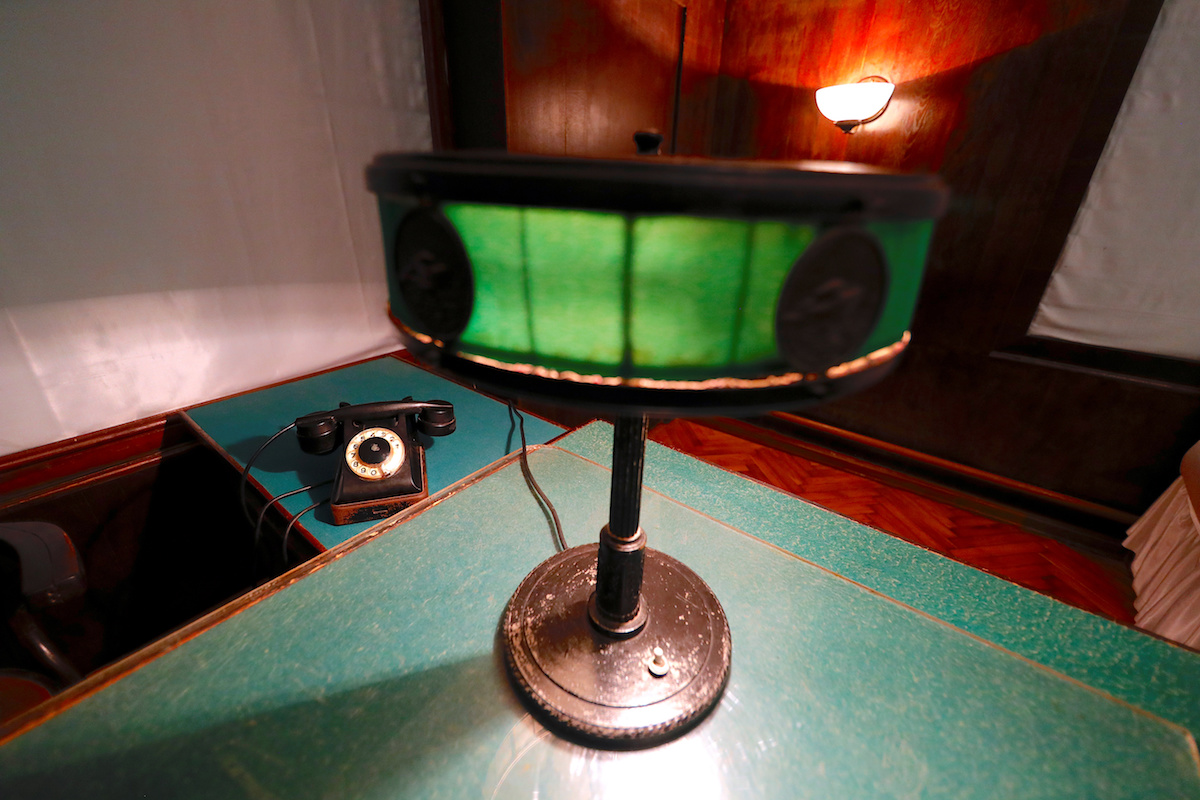
Georgia
Two and a half million people were living in Georgia between 1937 and 1938. Over 29,051 people were persecuted, of which 14,372 were shot and the rest sent into exile or to camps.
Well-known writers, composers, poets, artists, playwrights and scientific figures became victims of the persecution. The brightest minds of the country were declared “enemies of the people” and “pests”.
Over 29,051 people were persecuted, of which 14,372 were shot
The persecution or Great Purge in Georgia was personally led by Lavrentiy Beria.
Thousands of people were persecuted and convicted on completely false and absurd charges.
One such example can be found in the archives which contain the case of an old shoemaker who was persecuted for piercing a newspaper with a needle while he was working. The newspaper contained an image of Stalin, and the shoemaker had pierced his eye.
The denunciation was made by the same person whose shoes the shoemaker was repairing at the time of the incident.
Azerbaijan
In Azerbaijan, the “face” of the Stalinist repressions was Mir Jafar Bagirov, the first secretary of the Communist Party of the Azerbaijani SSR.
Many famous writers were targets of persecution and their arrest, as a rule, was preceded by a harassment campaign in the press.
120,000 were persecuted in Azerbaijan from 1937 to 1938
This includes the poet Ahmed Javad, who authored the words of the national anthem of independent Azerbaijan.
The 29-year-old poet Mikayil Mushfig was shot for being “an enemy of the people”, and his remains have not been found.
Huseyn Javid, one of the most famous and talented poets, writers and playwrights in Azerbaijan, was arrested in 1938 and died three years later in a camp.
The accusations ranged from “counter-revolutionary activities” to “anti-Soviet propaganda” and “nationalism”. Denunciations became a frequently-used tool. Sentences were summarily handed down without the participation of the accused.
It is difficult to come by an exact number of those who where killed, deported, forcibly resettled and exiled, but estimates put it that between 70,000 and 120,000 were persecuted from 1937 to 1938.
This is a large number for Azerbaijan, whose population at that time was just over 3 million.
Russia
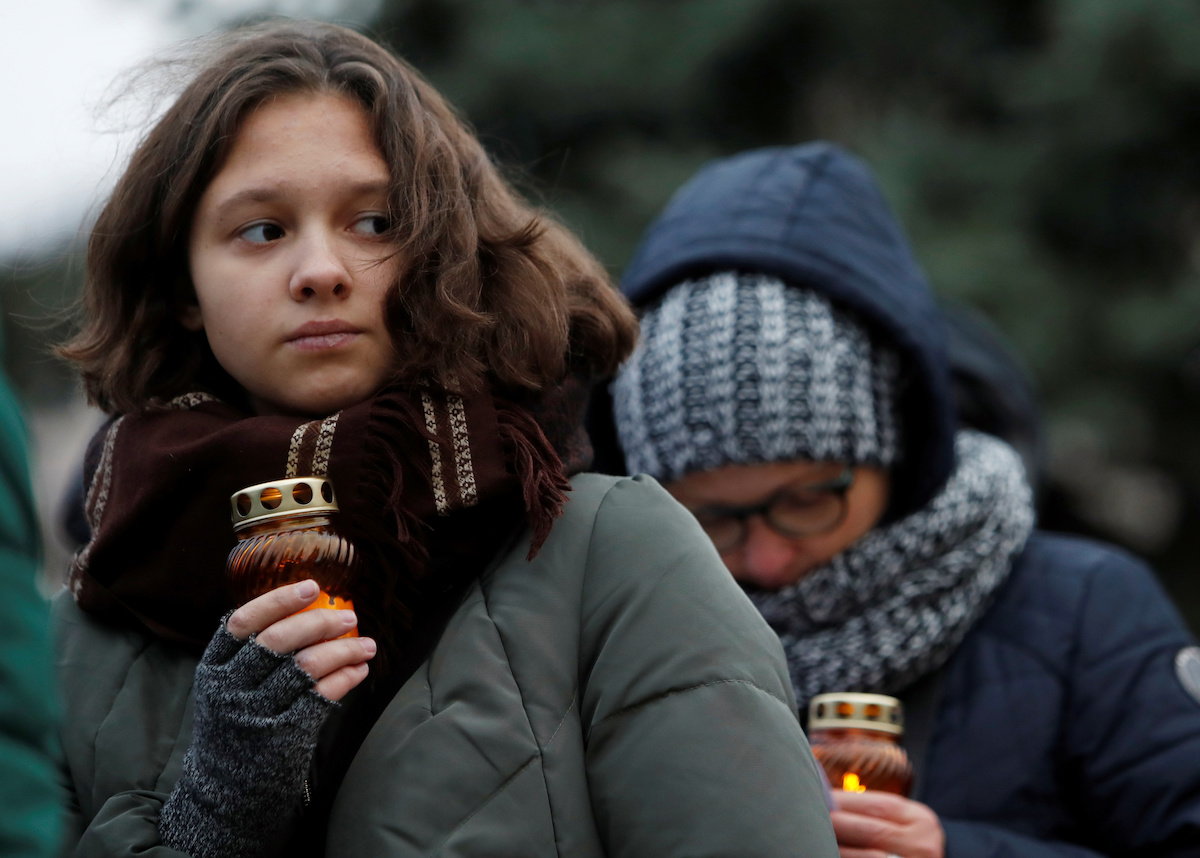
There were about 13 million victims of political repression in Russia of which about one million were executed.
Every year at the end of October, Memorial, a Russian organisation, holds a commemorative ceremony for the victims of political repression. It is held in Moscow near the Solovetsky Stone located close to the headquarters of the Cheka-OGPU-NKVD-KGB where political prisoners were tortured and killed.
The FSB (Federal Security Service of Russia) is currently housed in this building.













